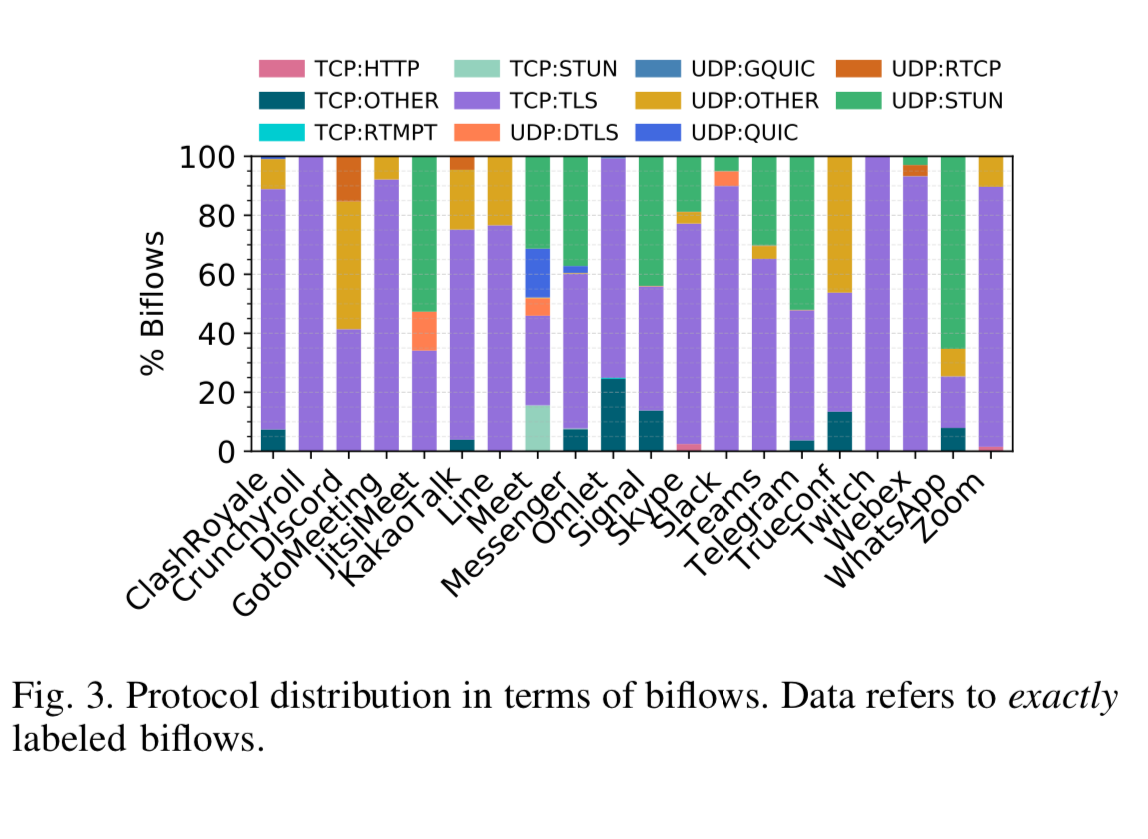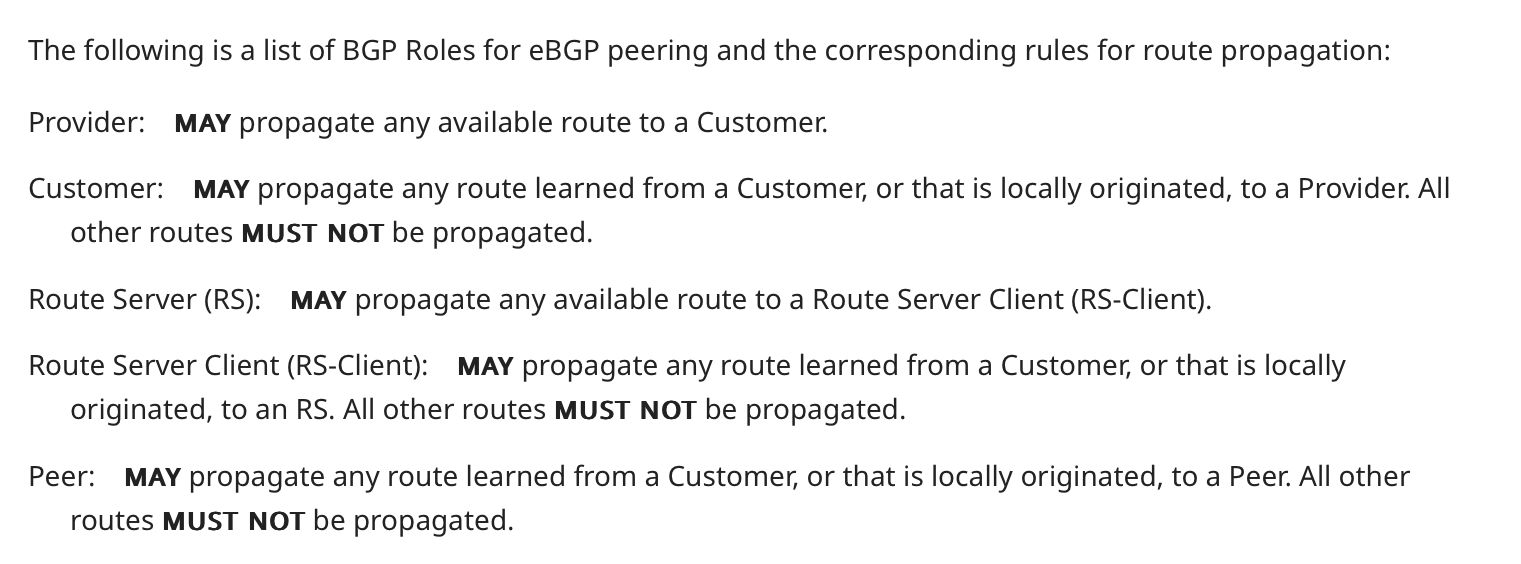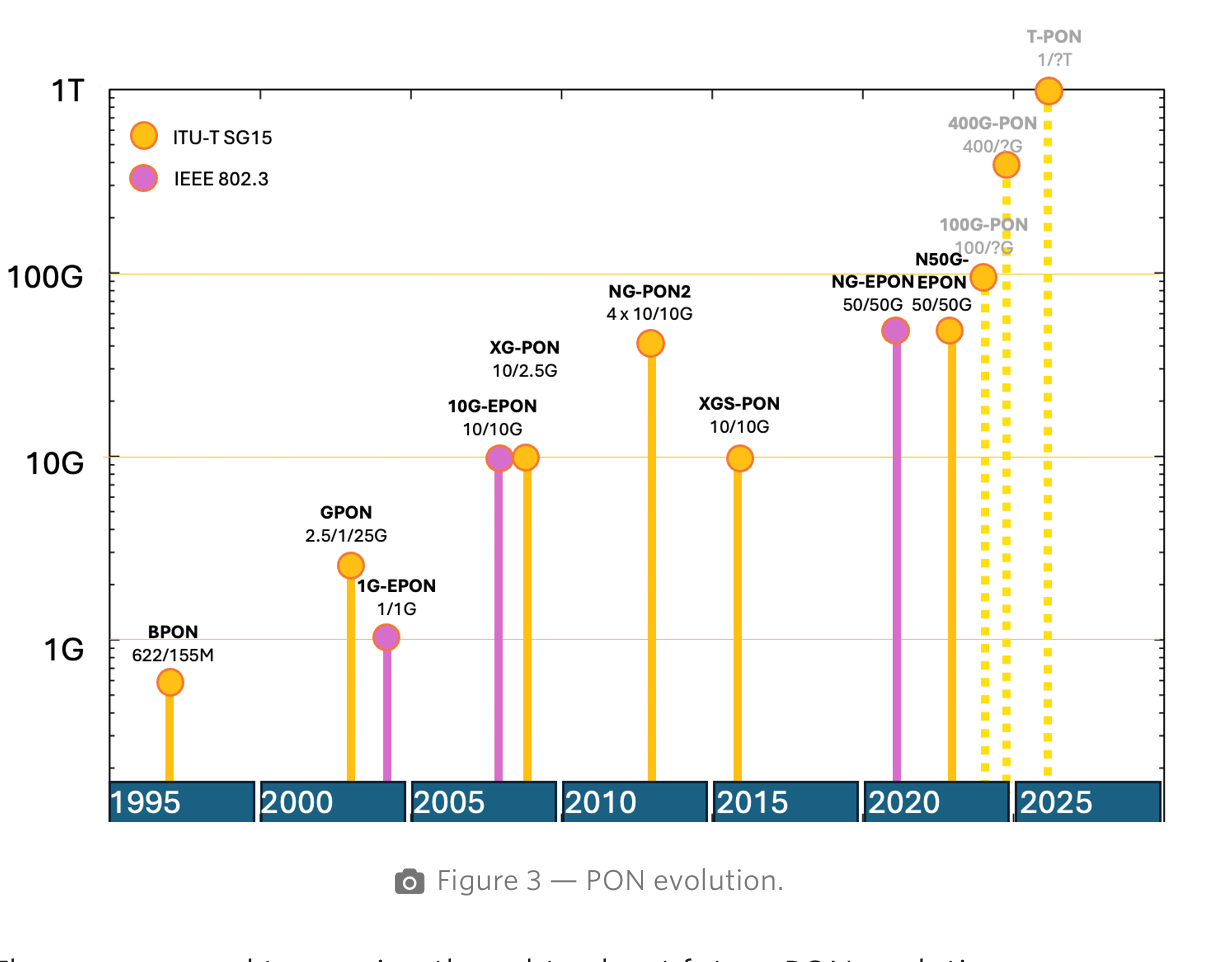HTTP/2 server push, the Mirage dataset of Android packet traces, preventing BGP route leaks, Passive Optical Networks
Server push is a feature of the HTTP/2 protocol that enables a server to send an HTTP/2 response before the client sent a request. This feature was included in the HTTP/2 specification to speedup web transfers by enabling the servers to send objects that will be requested later by the clients. In practice, it was very difficult to deploy this feature on servers. Chrome disabled it two years ago and the Firefox developers also intend to remove this feature. If you want to experiment with server push, it remains supported by libcurl.
Users rely on different mobile applications that use various protocols. Given the rapid evolution of these applications, it is often difficult to know the type of packets that a specific application exchanges. Researchers from the University of Napoli have published a very interesting dataset which contains packet traces collected during the normal activity of popular applications. This dataset is described in a short paper. It shows a large variety in the protocols used by the studied mobile applications.
 Source: Mirage paper
Source: Mirage paper
In contrast with intradomain routing protocols that typically distribute the same routing information to all routers, a BGP router does not always advertise all its routes to all its peers. Internet Service Providers configure their BGP routers with various types of routing policies. Lixin Gao and Jennifer Rexford have shown that the customer->provider and shared-cost peering at the most popular types of routing policies. RFC9234 summarizes these policies as follows:
 Source: RFC9234
Source: RFC9234
This RFC extends BGP by allowing BGP peers to declare their type of peering and defines a community to indicate that a given route should only be advertised to customers. The authors of this RFC hoped that it could help to prevent some problems by declaring the types of BGP sessions and using a well known community. A discussion on NANOG reveals that RFC9234 has actually prevented route leaks from propagating through different Internet eXchange Points. This shows that small protocol changes can have a useful operational impact once implemented and deployed.
In many countries, xDSL and cable are being replaced by optical fibers directly to the home. Many of these deployments use Passive Optical Networks (PON). A PON is an optical network that is shared by a group of homes. The first PON proposal was standardized in 1995 and the PON technology has evolved a lot during the last three decades. An interesting APNIC blogpost provides a detailed description of this important technology.
 Source: APNIC blog
Source: APNIC blog
This blog aims at encouraging students who read the open Computer Networking: Principles, Protocols and Practice ebook to explore new networking topics. You can follow this blog by subscribing to its RSS feed or by following @cnp3_ebook on mastodon. Feel free to share the posts that you find interesting on your preferred social network.
